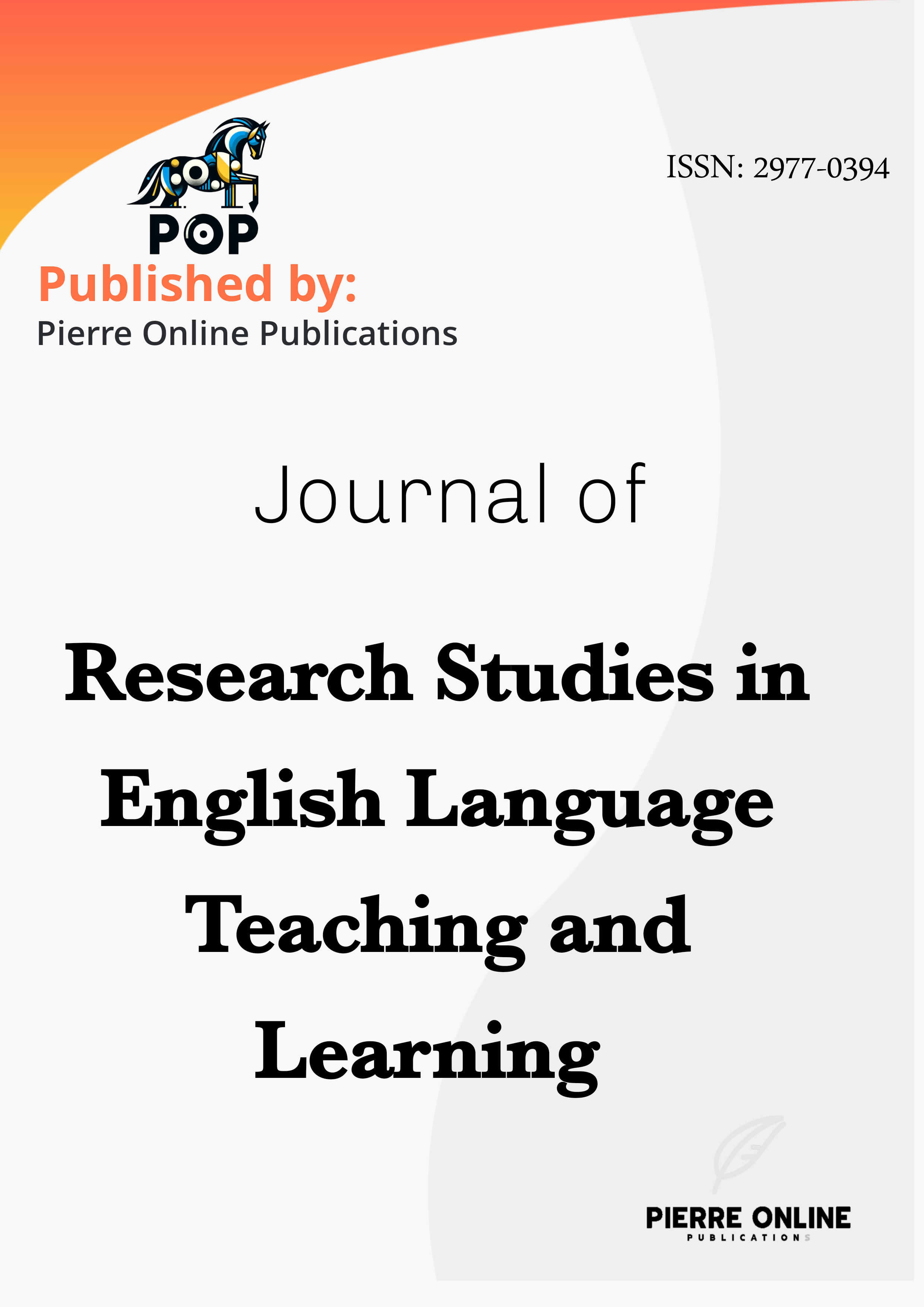Teachers’ perceptions of AI tools in enhancing student engagement for English language learning
Main Article Content
Abstract
This work seeks to explore the effectiveness of artificial intelligence (AI) tools in improving engagement with English language learning through the perception of teachers (Luckin et al., 2016). The study identifies four key dimensions associated with the use of AI: a motivational tool, personalised learning, practical limitations, and positioning as a supplementary rather than a replacement teaching resource. Teachers identified that AI can provide an interactive gamified experience and real-time feedback, which motivates the students and enables personalised learning. Yet, disparity in technological access, over-reliance on AI, and the need for serious professional development were also highlighted. The findings suggest that with AI tools greatly enhancing engagement, their integration should be carefully balanced with traditional instructional methods to meet holistic learning (Adolphs et al., 2018). The study has key implications for policymakers and educators on bridgeable digital divides, targeted teacher training, and incentivising sustainable, balanced adoption of AI. This study fills in the gaps in current literature by incorporating teacher insights into how AI can be used to effectively engage diverse learners in English language contexts while addressing pragmatic and pedagogic challenges. These findings will inform future development initiatives of AI-driven educational strategies.
Downloads
Article Details

This work is licensed under a Creative Commons Attribution 4.0 International License.
The Research Studies in English Teaching and Learning (RSELTL) Journal adopts the Creative Commons Attribution 4.0 International License (CC BY 4.0). This license allows for the free distribution and modification of the work, provided that the original author and source are credited. The CC BY 4.0 license is designed to promote the dissemination of scholarly work while protecting the rights of authors.
Author Rights
Under the CC BY 4.0 license, authors retain extensive rights to their work, including but not limited to:
-
Ownership of Copyright: Authors maintain copyright ownership of their work, permitting them to deposit their work in institutional repositories, share their work as they deem appropriate, and publish their work elsewhere, provided that the original publication in RSELTL Journal is properly cited.
-
Use and Distribution: Authors are entitled to unlimited use and distribution of their own work for educational and scholarly purposes, as long as the original work is properly cited.
-
Adaptation and Derivatives: Authors have the right to adapt, modify, or create derivatives of their work, provided that the original work is properly cited, and the modifications do not misrepresent the original work.
User Rights
In accordance with the CC BY 4.0 license, users (readers, scholars, and researchers) are granted the following rights:
-
Access and Distribution: Users are allowed to read, download, copy, distribute, print, search, or link to the full texts of articles published in RSELTL Journal without seeking prior permission from the publisher or the author, as long as the original work and authorship are properly cited.
-
Creation of Derivative Works: Users may adapt or create derivative works from the RSELTL Journal articles, provided that the original work is properly cited, and the derivative work is distributed under the same CC BY 4.0 license.
Responsibilities and Restrictions
-
Attribution: Proper attribution must be given to the original author(s) and the RSELTL Journal, including provision of a link to the original work and indication if any changes were made.
-
No Additional Restrictions: Users must not apply legal terms or technological measures that legally restrict others from doing anything the license permits.
-
Commercial Use: The CC BY 4.0 license permits commercial use of the works, as long as the original work and authorship are properly cited.




